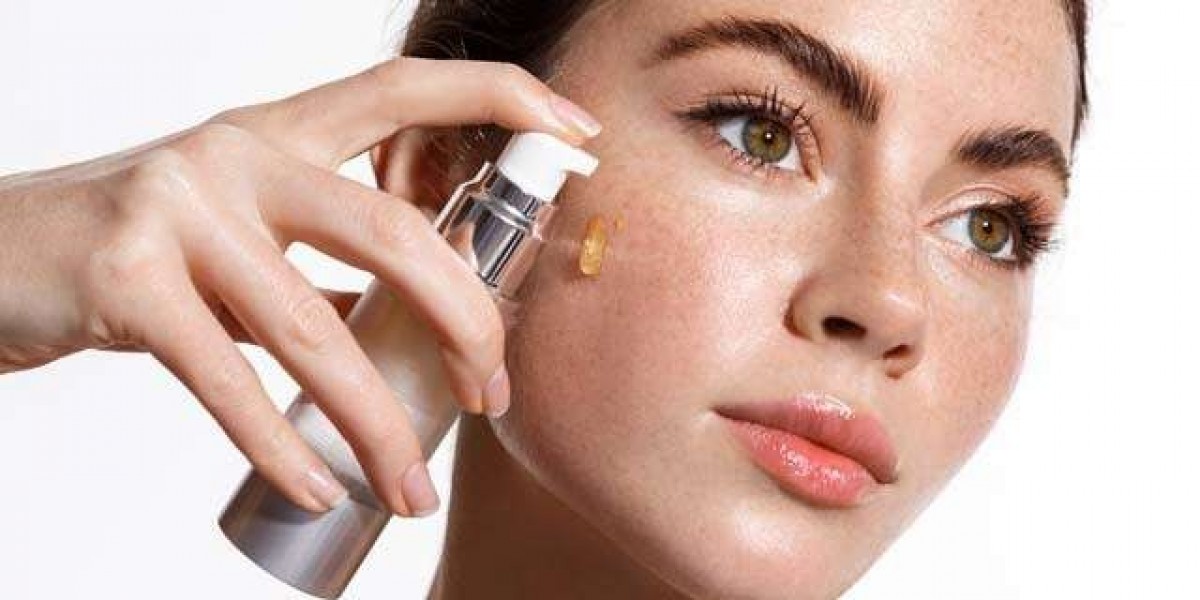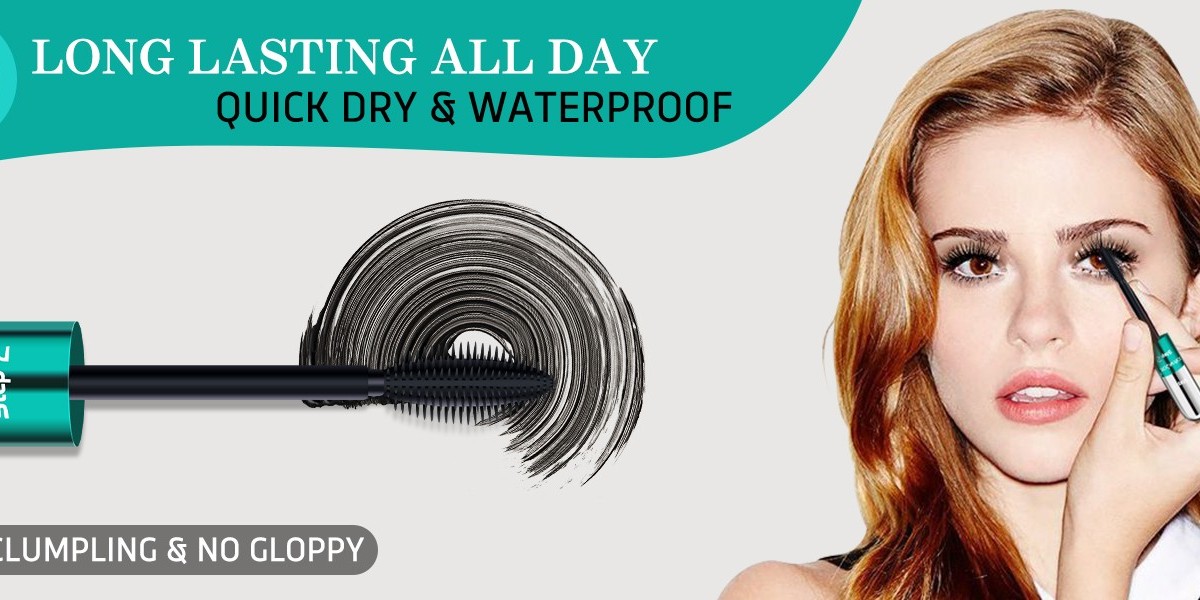Experiencing an increase in facial oiliness during travel is a common occurrence for many women. Several factors, both internal and external, contribute to this phenomenon. Let's delve into the reasons why women's faces tend to get oily when they embark on journeys.
**1. Change in Climate:
- Different destinations often come with varying climates and environmental conditions. Changes in temperature and humidity levels can influence the skin's oil production. For example, traveling to a more humid location might lead to increased oiliness as the skin attempts to regulate moisture levels.
**2. Cabin Air in Flights:
- Airplane cabins are notorious for low humidity levels. The lack of moisture in the air can trigger the skin to produce more oil as a compensatory mechanism. This is particularly noticeable during long-haul flights, where extended exposure to dry air can leave the skin feeling dehydrated, prompting an overproduction of oil.
**3. Stress and Hormonal Changes:
- Travel, especially long journeys or trips that involve crossing time zones, can induce stress on the body. Stress, in turn, can trigger hormonal fluctuations, including an increase in cortisol levels. Elevated cortisol levels may stimulate the sebaceous glands to produce more oil, leading to oily skin.
**4. Skincare Routine Disruptions:
- Travel often disrupts the usual skincare routine. Changes in water quality, the use of different products, or the absence of specific skincare steps can impact the skin's balance. In response to these changes, the skin may react by producing more oil.
**5. Overcompensation for Dehydration:
- In an attempt to combat dehydration, which can occur during travel due to factors like exposure to dry air or inadequate water intake, the skin may overcompensate by increasing oil production. This is the skin's way of trying to retain moisture.
**6. Use of Heavy Moisturizers:
- In an effort to combat the dryness associated with travel, individuals may sometimes use heavier moisturizers than they typically would. While this can initially provide relief, it might lead to pore blockages and increased oiliness, especially if the moisturizer is too rich for the skin type or the climate.
**7. Contact with Shared Surfaces:
- Travel exposes individuals to various shared surfaces, such as airplane seats, hotel pillows, or towels. These surfaces may harbor bacteria, and when individuals touch their faces, it can transfer these bacteria to the skin, potentially contributing to breakouts and oiliness.
**8. Dietary Changes:
- Exploring different cuisines and dietary habits during travel can influence the skin. Diets rich in certain foods, especially those high in sugars and processed carbohydrates, may exacerbate oiliness and contribute to acne.
Managing Oiliness During Travel:
**1. Choose the Right Skincare Products:
- Opt for lightweight, non-comedogenic skincare products suitable for your skin type. Avoid heavy moisturizers that may contribute to pore congestion.
**2. Stay Hydrated:
- Ensure adequate hydration by drinking plenty of water. Hydrated skin is less likely to overproduce oil in an attempt to compensate for dryness.
**3. Blotting Papers or Mattifying Products:
- Carry blotting papers or mattifying products to absorb excess oil throughout the day. These can help control shine without stripping the skin of essential moisture.
**4. Adapt Skincare to Climate:
- Adjust your skincare routine based on the climate of your destination. For humid conditions, consider using oil-free or gel-based moisturizers, while in drier climates, focus on hydration.
**5. Regular Cleansing:
- Maintain a regular cleansing routine to remove excess oil, dirt, and impurities. Consider using a gentle cleanser that won't strip the skin of its natural oils.
**6. Use Sunscreen:
- Even oily skin needs sun protection. Choose a non-comedogenic sunscreen with a matte finish to protect your skin from UV damage.
**7. Dietary Awareness:
- Be mindful of your dietary choices. Opt for a balanced diet with an emphasis on fruits, vegetables, and whole grains. Limit the consumption of greasy or high-sugar foods.
**8. Consistent Skincare:
- Try to maintain some consistency in your skincare routine, even while traveling. Bring travel-sized versions of your essential products to ensure a basic level of care for your skin.
**9. Touching Face Carefully:
- Be mindful of touching your face, especially with unwashed hands. This can transfer bacteria and contribute to breakouts and increased oiliness.
In Conclusion: A Balancing Act on the Road
Women experiencing increased oiliness during travel are not alone; it's a common occurrence due to a combination of environmental, hormonal, and lifestyle factors. By understanding these dynamics and implementing thoughtful skincare practices, individuals can strike a balance, keeping their skin comfortable and radiant even when on the move. Whether jet-setting to new destinations or exploring familiar landscapes, managing oiliness becomes a key part of maintaining healthy and glowing skin during travel.
You can get more details from the below links:
https://trendybeauti.ae/products/multi-peptide-serum-for-hair-density
https://trendybeauti.ae/products/buffet-copper-peptides-1-serum-1
https://trendybeauti.ae/products/100-niacinamide-powder-20g
https://ourpostalcode.com/italy-postal-codes/






